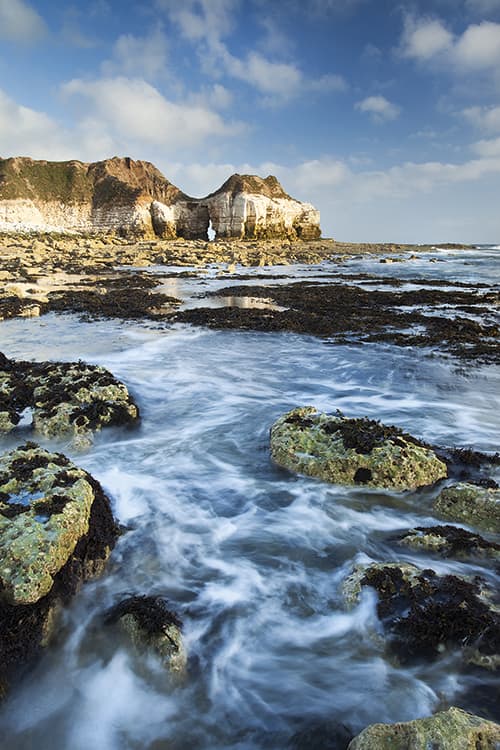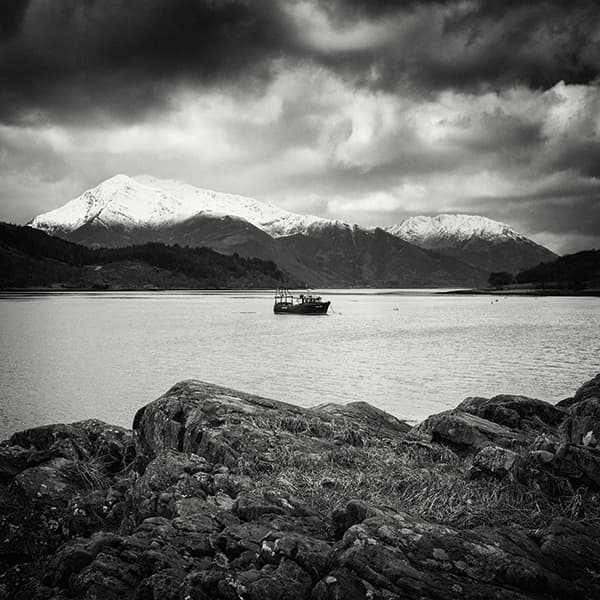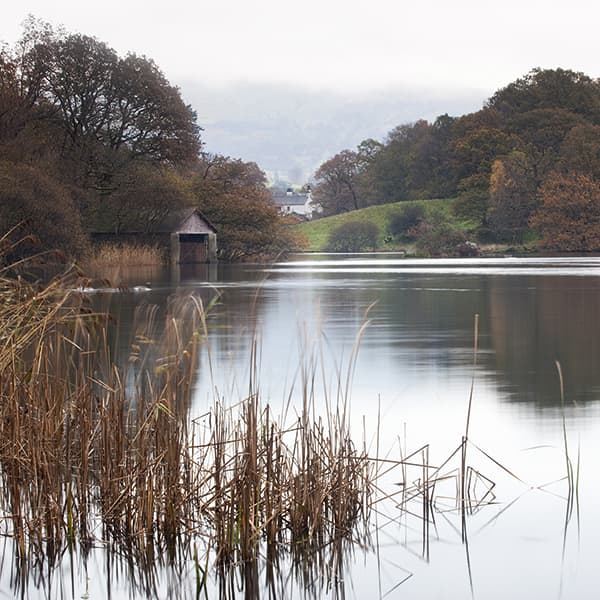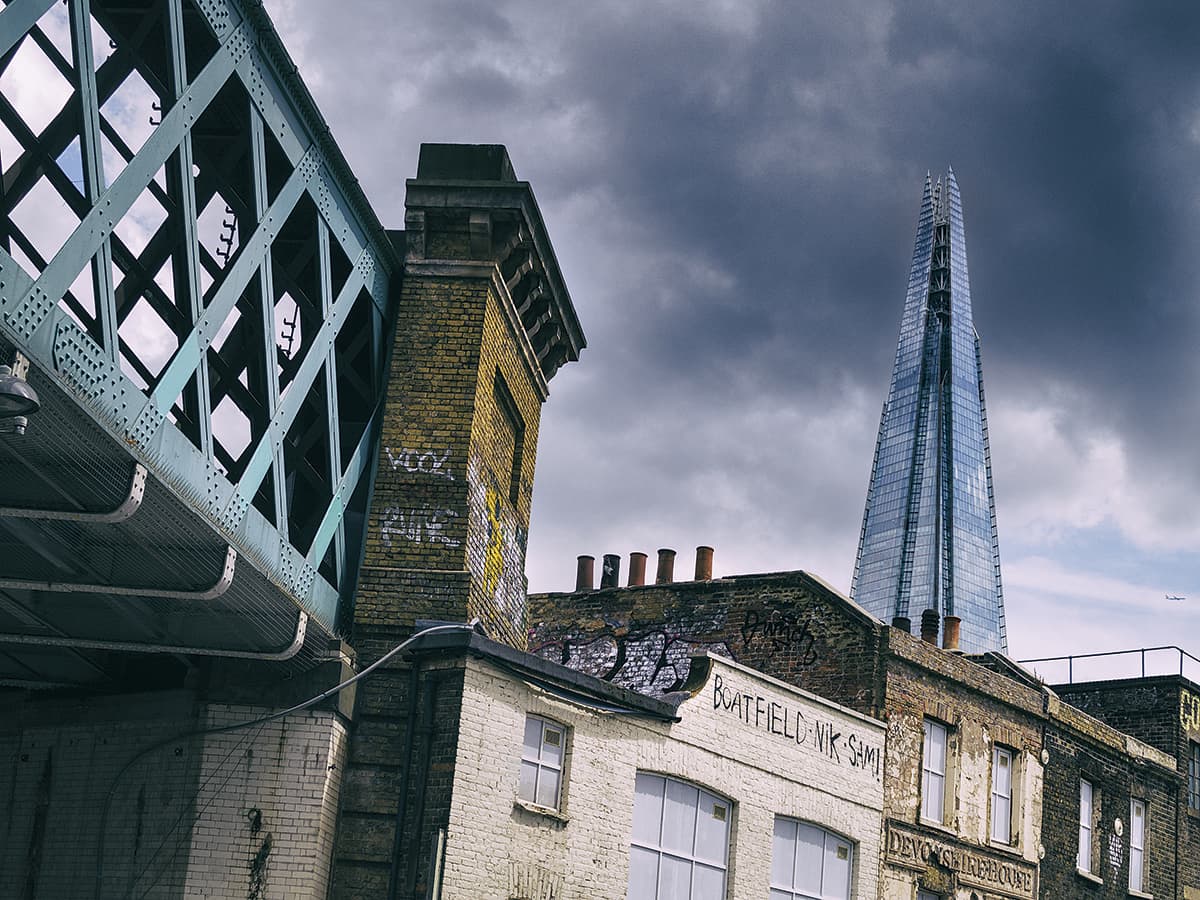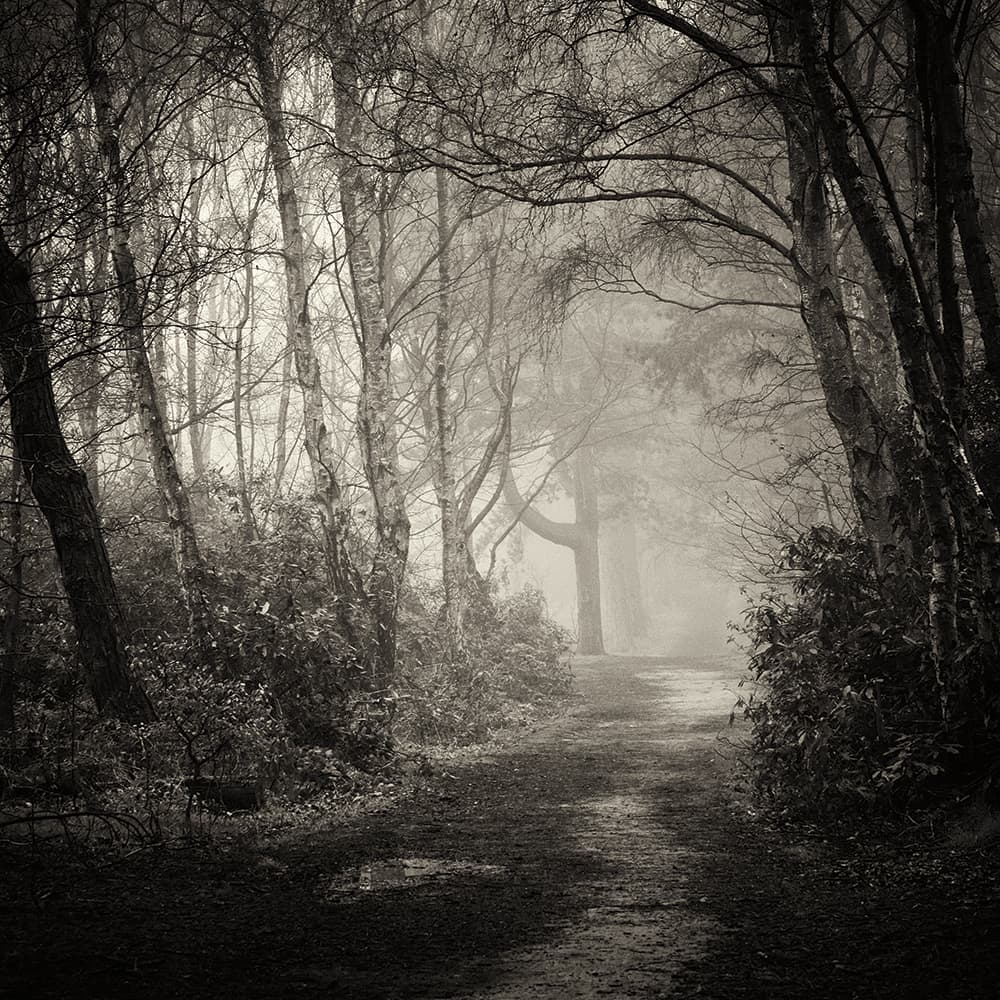Brush up on your photography skills and get the most out of the kit you have! It’s time to ditch auto and try modes and features you’ve not used before. It’s the perfect way to get photo fit and feeling more confident about your photography. Give these ten photography exercises a go.
Photography exercises to improve your photography:
1. Flex your lens choice
You can expand your camera’s shooting potential, simply by being more flexible with your focal-length choice. Ask yourself, are you using that zoom lens to its full potential? When was the last time you took a telephoto landscape image? Are you really making the most of the widest focal length you have?
You can check the focal length of each image you take simply by looking at the EXIF data. I bet you find that a lot of your images are taken at a similar length. So, to make a change, you could restrict yourself to shooting only at the extreme ends of your zoom lens. Alternatively, if there is a particular focal length that you don’t seem to use very often – say, 35mm within your 24-105mm zoom – why not restrict yourself to that zoom position only and give it a workout.
2. Track your exposures with the histogram
Track your images by using the histogram to make sure your exposures are in great shape and performing at their best. This great feature allows you to see if your images are correctly exposed or whether they need to be adjusted. Too far to the left means your image may be too dark and not getting enough shadow detail. Too far to the right and it is overexposed and losing detail in the highlights.
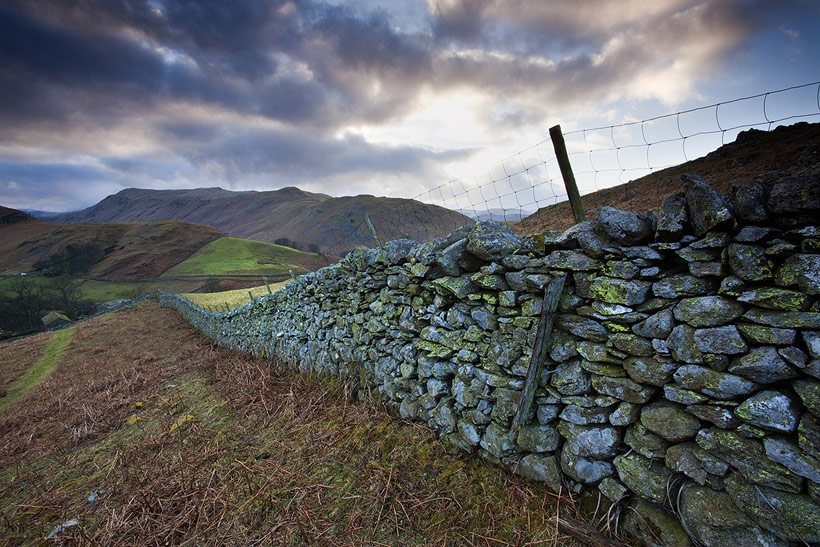
Get to know your camera’s histogram to ensure spot-on exposures, Photo: Craig Roberts
So, you want to aim to get the histogram biased to the right, resulting in good shadow detail, but not so far that it is clipping (meaning your whites no longer have any detail).
Try taking a few images at different exposures and see how the results compare. You’ll soon see how the histogram responds in the different results, and with a few adjustments to either the aperture or shutter speed your images will be nicely balanced.
3. Change your white balance
If you are a complete beginner, then chances are you shoot with the camera on the auto white balance setting. While this is a good option, especially as you are getting used to your camera, there are a whole range of settings to choose from.
So, start by taking control of your camera and deciding the colour temperature of your images yourself. Let’s add some warmth to your images, so try increasing the white balance rating. Anything between 5,500K and 6,500K will add a pleasing warm tone to your images.
If you want to do this quickly and easily select the ‘cloudy’ or ‘shade’ setting on your camera. If you shoot raw (more on this later), you can change this when you process your images, and it’s a good way to see and understand how the numbers in the Kelvin rating affect your images.
If the camera is set on auto white balance, then morning and evening landscapes will be automatically adjusted. However, this means you may be missing out on some moody, cool-looking tones in your images. Try instead to shoot in the ‘sunny’, daylight setting to see the real effect. You could then change to the ‘tungsten’ setting to add a cool tone to your images. This is great for dawn shoots, where any mood can be enhanced. This Tungsten setting can also work really well with modern architecture, complementing a rigid, steel and glass structure to great effect.
So, experiment with all the different white balance settings, see how they can affect your images.
4. Reduce your ISO
This is another setting that you may have placed on auto by default, leaving the camera to decide on the final speed. However, the camera may not always choose the ideal setting, as it doesn’t know your exact shooting situation. This means you may be shooting with an ISO that is too high, e.g. with your camera selecting ISO 800 when ISO 100 could be more than enough.
High ISO settings are ideal for handholding, especially in low light, and can make the difference between a sharp or a blurred image. However, if you are using a tripod, you won’t need the fast shutter speeds associated with high ISOs.
Placing your camera on a tripod for support is not something your camera will recognise automatically, so you need to tell it that it can now choose a slower shutter speed by changing to a lower ISO. Once you start experimenting with these slower shutter speeds, you’ll soon discover a whole new world of creative possibilities opens up, with subject blur starting to play a key part in the composition.
5. Start using manual mode
If you really want to get photo fit, then the best way to shoot is in manual mode. Program and semi-auto modes are great for convenience, but to really take control, train yourself to shoot in full manual mode.
With the dial set to M, you are now in full control and you can use the camera as a finely tuned picture-taking machine. You can start using any aperture you like, or any shutter speed (or combination of both, of course), again using the histogram as your guide and personal trainer. Overexpose, underexpose, bring back the detail in the shadows that the camera hasn’t accounted for, or reduce the brightness where the camera has been otherwise fooled.
Of course, manual mode needs time and thought to work with, so it isn’t ideal for fast action or when things, such as the light, are changing quickly. However, when you do have the time and want full control of your results, manual mode is ideal.
6. Give your compositions a workout
Composition can make or break an image, and while the rules of composition are an essential guide, there’s nothing to stop you breaking them from time to time. Using the same compositions with every image, over and over again, can lead to dull and repetitive images. So, it’s important to keep things fresh and push your compositions.
However, make sure you learn the fundamental rules of composition first and fine-tune these. With that done, you will then be free to flex your composition skills and vision to frame your images to suit the subject. Now you can break the rules occasionally to keep your images fresh and fit.
So, by all means apply the rule of thirds, but alternatively, place your subject dead centre if it works. You might tend to favour the landscape compared to the sky in your frame, but go the other way round if the sky is dramatic enough. It’s common to add foreground to help create a sense of depth and balance, but try an image without an obvious foreground if the scene has enough interest on its own. The rules of composition are a guide only, so be flexible and think creatively.
7. Use different metering modes for their core strengths
Just like we did when switching to manual mode, you can take more control of your camera and results by using different metering modes. Matrix or evaluative metering has its strengths, but it also has its weaknesses, so using more selective metering modes can be a huge advantage in many situations.
It will depend on your camera make and model, but you may have the option to choose partial-metering or spot-metering modes – or even both. Their core strengths mean they are able to measure a scene in a very precise way, eliminating any distractions that could confuse your camera’s overall reading of the scene.
If the view is backlit or of high contrast, for instance, evaluative metering can struggle to decide on the most important area to read from. So, if you switch to one of these two alternative metering modes, you can measure the most important part of the scene for a more precise reading. Exercise using these modes a few times in different situations and you’ll begin to see the benefits in no time at all.
8. Try manual focus
Autofocus on modern cameras has become an essential feature, and in many cases it is faster and more accurate than our own judgement and reactions. There are times, however, when it too can struggle, or it is simply more convenient to focus ourselves, and this is another feature we should exercise more often.
Autofocus systems can be fooled by distracting objects moving in front of the camera at the wrong time. It can also struggle with low-contrast subjects, or when using certain filters. On these occasions, you might want to switch to manual focus. This also comes into its own when you use a tripod, as you don’t have to move the camera to focus and then recompose. If speed isn’t of the essence, manual focusing puts us back in control.
Practise your manual-focusing skills, using the zoom feature on live view if necessary, and train yourself not to rely on the camera to focus.
9. Choose framing formats wisely
There are many framing formats to choose from, so don’t use the same one every time. The 35mm digital SLR camera produces an elongated rectangle, so the first alternative to this horizontal view is the vertical format. This emphasises foreground and is great at removing distractions.
Next, a square crop removes tension and suits minimalist views. Using this format will strengthen a bold composition and add calmness and serenity to your images.
Cropping your rectangular images on either end makes them similar to the 5x4in aspect ratio of large-format cameras. This cropped rectangle can be used to trim the composition, keeping it tighter and looking cleaner.
If you want to stretch things out, consider a panoramic crop. This allows a much wider field of view that’s ideal for big vistas. However, don’t forget to keep your images tight and in shape, as a large empty view without a focal point is soon going to become dull.
10. Slim down your kit – choose one camera and one lens
There’s a great advantage to slimming down to the basic kit, and it’s one of the best ways to keep your photography finely tuned. This is best done with a prime lens rather than a zoom. The benefit of this is that with minimal kit you have less to carry around, but also fewer options to shoot with. Yet this can be regarded as a positive, and actually opens up more possibilities, as it keeps your mind sharp and vision well trained.
We can easily become bogged down with so much kit that it distracts from our shooting workflow. So if you keep your kit to a minimum, you can carry it for longer without feeling tired. Your mind will be fired up to spot great images and you’ll be on the ball, ready to leap into action.
Bonus photography exercise: Shoot raw
You’ve earned an extra skill with your hard work, so as a final exercise let’s try shooting raw if you haven’t done it before. This change to your camera’s quality setting can have a huge effect on the outcome of your images.
While JPEGs are the camera’s default and most convenient format to shoot in, nothing opens up your camera’s potential more than shooting in the raw format. This simply means that your camera has not made any permanent adjustments to the resulting image and you are free to work with a basic but fully detailed image from scratch in post-processing.
Make adjustments to exposure, contrast, white balance and colour saturation, and change it to black & white (and then back again if you like), all without sacrificing any of the image file’s quality. Not only that, but a raw file can be adjusted to a greater extent without deteriorating to the same extent as a JPEG file.
If you want more tips on improving your photographic skills, check out our Improve Your Photography guides.
- New photo projects to try
- Aliz Kovacs-Zoldi: how mindfulness and plant collecting became my photo project
- 22 ways to spark your creativity




